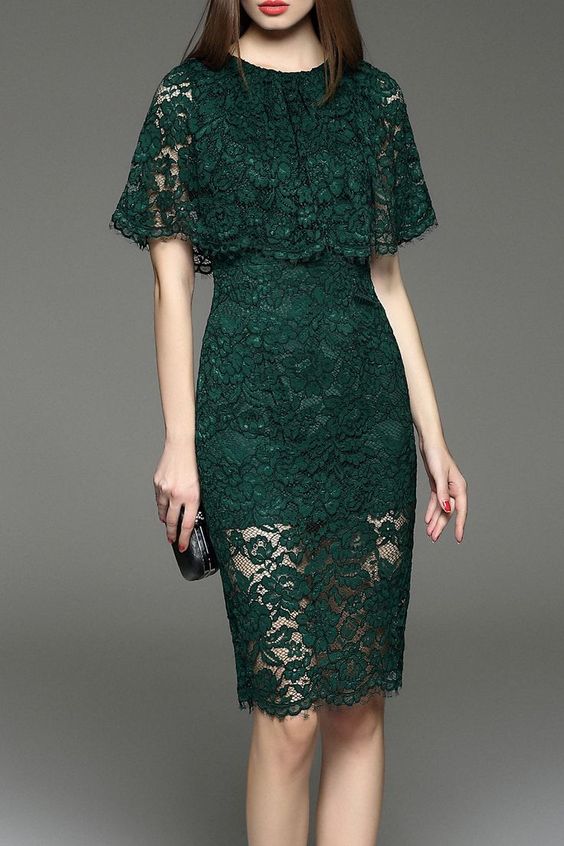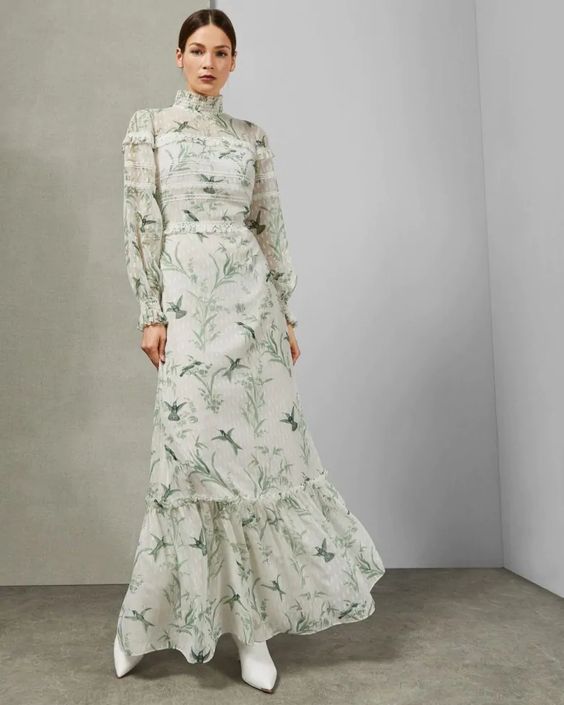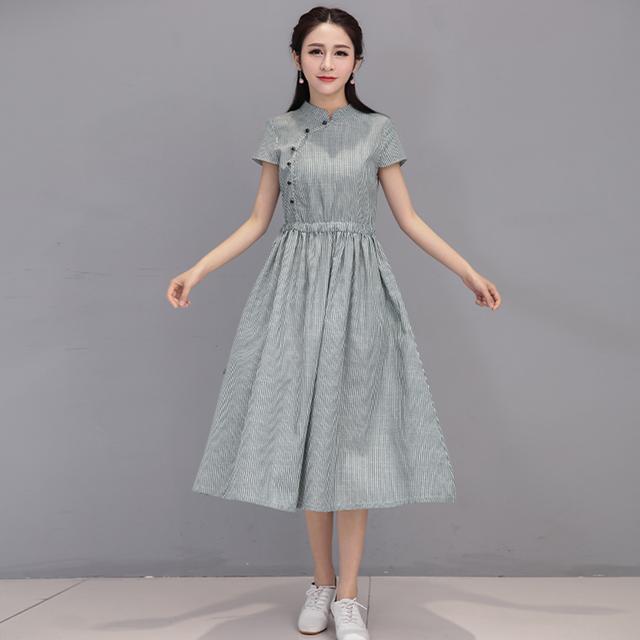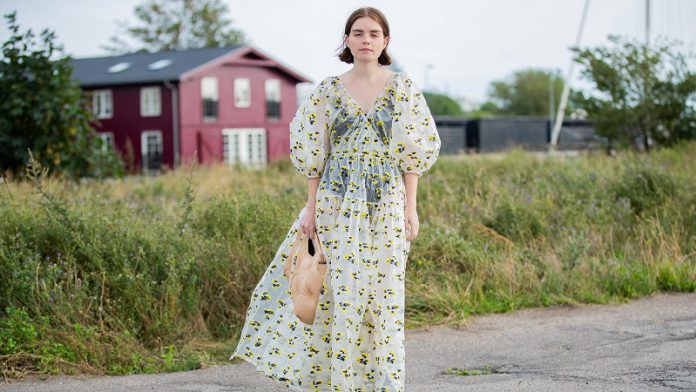Masezza.com – A dress is typically a short garment consisting of only a short skirt with an accompanying bodice, usually with an attached crinoline or a v-neckline. It usually has a short or full skirt and hangs low for ease in walking and sitting. A dress can either be a one-piece dress consisting of only a skirt and is either casual or formal or can be a two-piece dress incorporating a skirt and top. The term “formal” dress refers to dresses that are worn to or were worn for formal occasions. Casual dress is used to describe dresses that are worn for everyday use or events that do not require formal wear.
Popularity of Dresses for Casual Evenings
Dresses in the late nineteenth century generally had a fitted bodice with a very full skirt. They were made from materials such as satin, net or velvet and often featured elaborate detailing on the skirt, including bows, ruffles and lace edging. Bodices were sometimes adorned with beautiful embroidery. These dresses often had cuffs and were closed with drawstrings or buttons. The popularity of these dresses soon waned and they became known as evening dresses and were worn for more casual occasions.
After the introduction of sleeves, dresses began to feature short sleeves. Sleeveless dresses continued to be quite popular until the thirties when they were worn mainly for evening events such as proms and social parties. The sleeve dress would then feature a full skirt with either a rounded or square neckline. However, this dress met resistance from suffragettes who saw it as a fashion statement that promotedplessness.

Eventually, the rules for what a dress should not include relaxed were relaxed yet again. Women began to wear their own clothes, such as coats and trousers, which meant that any dress was fair game. At the start of the twentieth century, the tie dress code was brought into the mainstream fashion industry with the creation of the four poster dress code. This dress code, which still exists in some regions of England, states that all dresses should be one colour and should have a basic dress pattern.
Introducing Clothing With Different Fashions Every Decade
As the thirties wore on and dress codes became less strict, the neckline on dresses became more widely varied. Soft cut necklines, wide-leg trousers and high waisted skirts were all introduced during the decade. The avant-garde look was also introduced during this time and incorporated unusual materials, colors and patterns into the industry. Silk was used to create frilly and flamboyant patterns, while materials including georgette, chiffon and net was also used to make clothing that was bold and different.

The 1960s brought about a dress style that many would associate with the era of hippy and flower power. It was a period where individuals were wearing clothes that were unusual and displayed unconventional colours and patterns. It was a dress style that was characterized by bright and cheerful colours, free and unrestrained design and an individualistic attitude. A few decades later and this dress code seemed to disappear as individuals focused their attention on more traditional attire.
Creating New and Innovative Clothing in the Seventies and Eighties
The dresses of the seventies and eighties represented the nouveau movement, which sought to create new and innovative clothing. The relaxed styles that were worn during this time featured vertical stripes and puffed sleeves. A dress with a full skirt or a short skirt combined with layers of tulle and lace was also popular. The bodice often had a printed pattern or a floral pattern embroidered onto it and frills around the collar and bodice, with matching buttons and bows.

An interesting dress style that was introduced in the latter part of the nineteenth century was the long gown with a cape, which reached the knee. The bodice was long and reached down to the ankles. Cape dresses are very popular amongst the rock n roll era and can sometimes be found on display in antique shops. The hem of these dresses was usually adorned with beads, ruffles, and flowers. These dresses were designed for ease of wear and comfort and they were worn by women all over the world.

